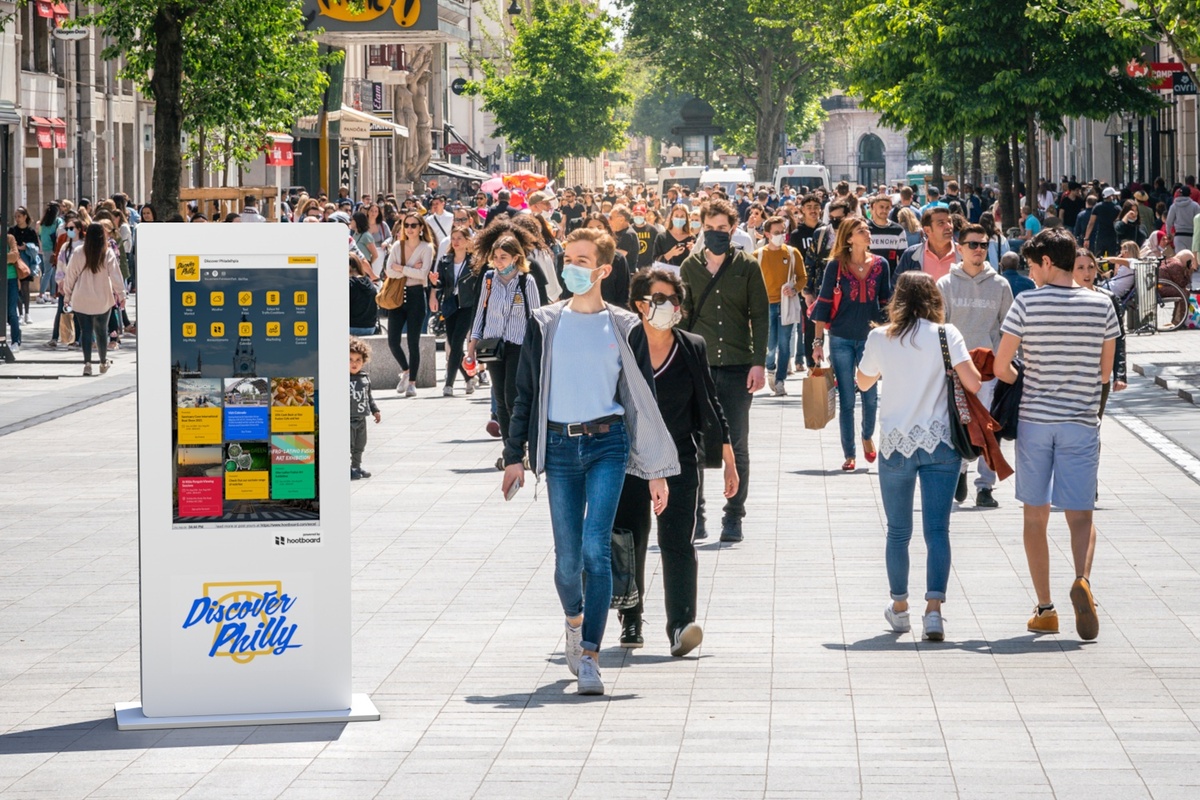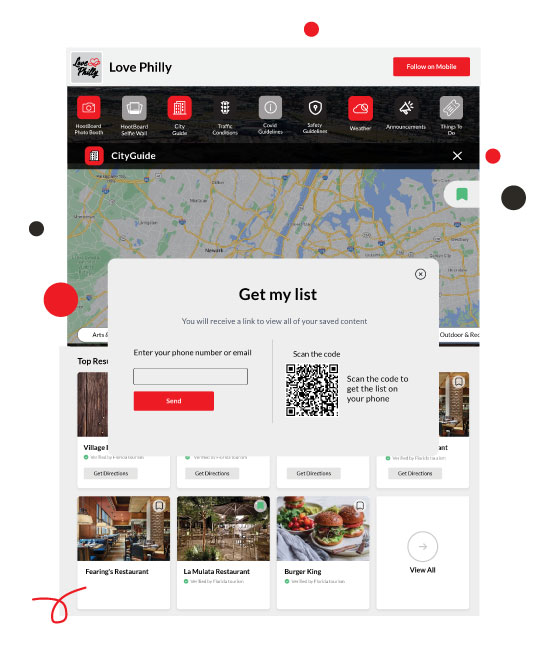How AI-Powered Kiosks Are Personalizing the Student Experience
The New Definition of “Student Experience” Thesis: On tomorrow’s campus, personalization is the student experience....

In my years focusing on the competitive realm of tourism, I’ve learned that drawing travelers to a location goes beyond just highlighting its scenic beauty and cultural offerings. Destination brands and destination brand development is a fascinating part of tourism marketing. Here are some of my favorite examples, best practices, and strategies for leveraging destination branding effectively.
Destination branding, or place branding, is the process of identifying, crafting, and nurturing the unique identity of a geographical location to distinguish it from its competitors. This involves creating a compelling image and message that resonates with potential visitors, encapsulating everything from the visual elements like logos and symbols to the emotional experiences a destination offers. According to Solimar International, destination branding is about “identifying the destination’s strongest and most competitively appealing assets in the eyes of its prospective visitors” (Solimar International).
Essentially, destination branding is the strategic process of differentiating a location, emphasizing a destination’s unique selling point through careful development of the destination brand. My experience has shown that effective destination marketing and place branding hinge on clearly communicating a destination’s brand values, making that destination stand out in the minds of potential visitors.
A quintessential example of effective destination branding is New Zealand’s “100% Pure New Zealand” campaign. Launched in 1999, this campaign positioned New Zealand not just as a place to visit, but as a destination offering a pure, untouched, and rejuvenating experience. By focusing on the country’s pristine landscapes and adventurous spirit, New Zealand successfully attracted a global audience, significantly boosting its tourism industry.


Destination branding can significantly impact a location’s attractiveness to tourists. Here’s how destinations can use it effectively:
Destination branding is a powerful tool for differentiating a location in the crowded tourism market. It’s important to continue identifying what makes a destination unique, engaging with the community, maintaining consistent messaging, and leveraging digital platforms, destinations can create strong brands that attract more tourists and enhance economic development.
As the world becomes ever more connected, the importance of destination branding will only continue to grow, making it an essential strategy for any location looking to boost its tourism appeal.

Standing a tourist destination out demands a nuanced marketing strategy that not only captures but also retains the interest of key audiences. HootBoard offers pioneering solutions designed to revolutionize destination marketing, helping to refine your destination brand and elevate brand identity in the tourism sector. Our platform is tailored for destination marketers seeking to craft a compelling story that resonates deeply with tourists, local businesses, and local suppliers alike.
Through HootBoard, your branding process transforms into an engaging narrative, highlighting iconic landmarks and unique destination propositions that attract visitors from around the globe. With our cutting-edge marketing communications tools, developing a distinctive brand personality and building a robust destination image becomes seamless. HootBoard empowers you to weave the key elements of your branding strategy into a cohesive and attractive narrative, designed to captivate and enchant potential tourists.
If you’re looking to redefine your marketing strategy and make your destination a must-visit through effective brand building and a standout branding strategy, explore how HootBoard can illuminate the path to attracting more tourists and fostering memorable experiences. Together, we can turn your destination into a story worth telling and a place worth exploring.
| Feature | Description | Benefit |
|---|---|---|
| Customized Maps | Interactive maps that guide tourists through unique attractions, enhancing the customer journey. | Improves navigation and personal experience, fostering destination loyalty. |
| Storytelling Booths | Digital booths that narrate the destination’s brand story and heritage through immersive multimedia. | Deepens the connection with the destination’s identity and enriches the visitor experience. |
| Feedback Stations | Allows tourists to leave real-time feedback, contributing to marketing communications and brand development. | Engages the target audience directly, aiding in continuous improvement and positive image building. |
| Augmented Reality Experiences | Utilize AR to bring historical sites and cultural stories to life, making them interactive. | Transforms sightseeing into a dynamic activity, encouraging revisits and enhancing the brand promise. |
| Event and Promotion Alerts | Signage that updates in real-time to inform tourists of ongoing or upcoming events and promotions. | Keeps visitors informed and engaged, driving economic growth and attracting more visitors. |
The New Definition of “Student Experience” Thesis: On tomorrow’s campus, personalization is the student experience....
The Attention Economy Has Changed the Rules Once upon a time, visibility was everything. If your ad reached millions...
The Gap Nobody Talks About Every September, a freshman wanders a campus clutching a crumpled paper map. In December, a...